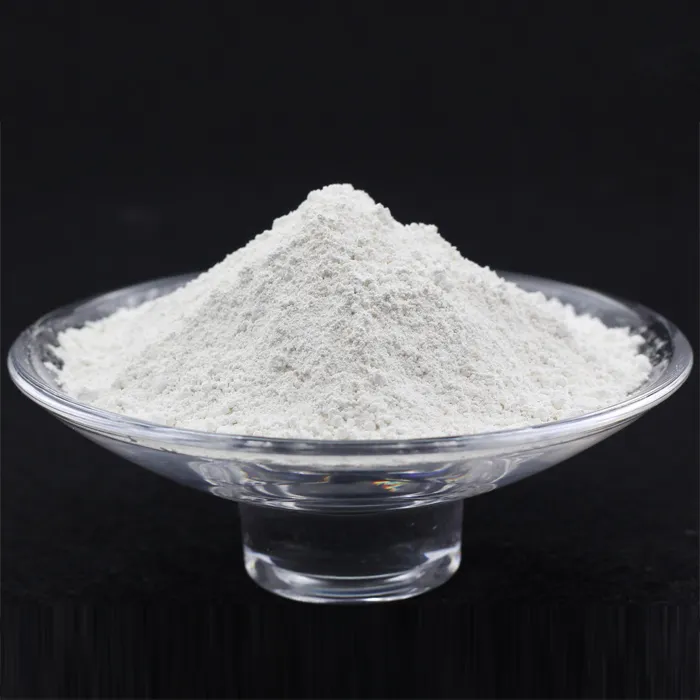Chemicals Used to Treat Water
Water treatment is a crucial process that ensures the safety and quality of drinking water, wastewater, and various industrial uses. Different chemicals are employed at various stages of the water treatment process, each aiding in removing impurities and ensuring that the water is safe for consumption.
Chemicals Used to Treat Water
Another critical chemical is coagulant agents, such as aluminum sulfate (alum) and ferric chloride. These substances are used to destabilize and aggregate suspended particles in the water, facilitating their removal during sedimentation. When coagulants are added, tiny particles clump together to form larger aggregates (or flocs) that can be easily removed during sedimentation and filtration processes. This step is vital for improving water clarity and reducing turbidity.
what chemicals are used to treat water

Lime and soda ash are also employed in water treatment processes, especially in water softening applications. These chemicals help to reduce hardness in water caused by calcium and magnesium ions. By adding lime (calcium hydroxide) or soda ash (sodium carbonate), the hardness of the water can be decreased, making it more suitable for household and industrial use. This not only enhances the taste and quality of drinking water but also prolongs the life of appliances by reducing scale buildup.
Phosphates are sometimes added to water systems to inhibit corrosion in metal pipes. Corrosion can lead to the release of harmful metals, such as lead and copper, into drinking water. By using phosphates, water treatment facilities can create a protective coating on the interior of pipes, preventing metal leaching and ensuring safer drinking water.
In conclusion, water treatment involves a variety of chemicals that play essential roles in ensuring water quality and safety. Chlorine, coagulants, lime, soda ash, and phosphates are just a few of the many chemicals used in this vital process. Understanding these chemicals and their functions helps in appreciating the complexity and importance of maintaining clean and safe water for communities worldwide.

